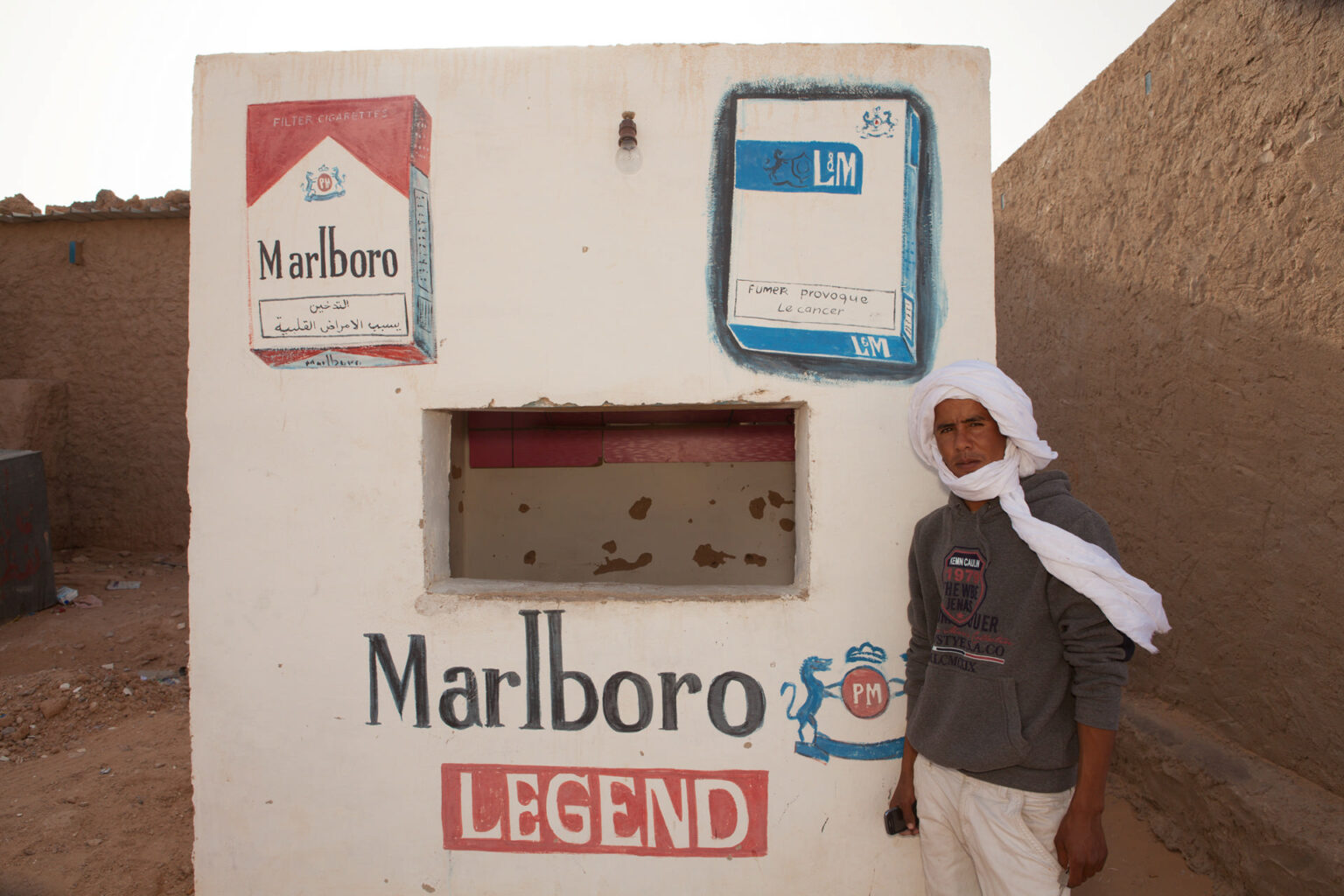Over 25 years after the ceasefire between the Polisario Front and Morocco, the Western Sahara still awaits the referendum that will determine its fate – independence, or unification with Morocco. Alan Gignoux looks at how the traditionally nomadic Saharawi have adapted to settled life in refugee camps in the harsh desert of southwest Algeria. Saharawi: Inhabitants of the Desert includes black and white and colour photography and video interviews with refugee camp residents. It is being developed into a web documentary and a photographer’s book.
The Saharawi are a Sunni Muslim, Hassaniya Arabic speaking tribal people of Arab-Berber heritage. They have historically lived a nomadic existence in the westernmost Sahara.
In 1975, Morocco invaded the mineral-rich Western Sahara – in a move not recognised as legal by the international community. The invasion was militarily disputed by the Polisario Front – a Saharawi nationalist movement claiming independence for the territory.
In 1991, after fifteen years of military conflict, Morocco and the Polisario Front agreed to a ceasefire. The plan called for a referendum on the future of the region. But disagreements about eligibility to vote mean that the referendum has yet to occur.
As a result of the invasion of the Western Sahara, many Saharawi people are now living under occupation in their homeland. Others live as exiles in Spain, and as refugees in camps in Algeria.
Estimates set the number of Saharawi refugees in camps in Algeria at 160,000, about half the total Saharawi population.
Since his first visit in 2005, Alan has travelled to the refugee camps in Algeria eight times. Over the years he has established close relationships with individuals in the camps, giving him intimate access to the daily lives of the Saharawi in their desert homes.



















Share this...